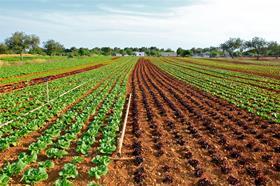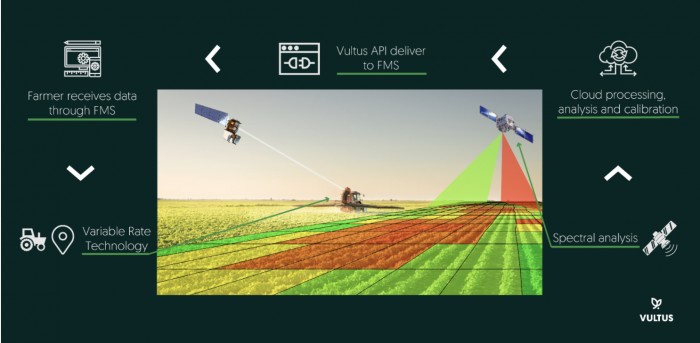
A new space-based technology, offered by Swedish company Vultus, is designed to reduce over-fertilisation in the field, saving farmers time and money and reducing agricultural waste.
By fostering a more efficient farming method, the tool is estimated by Vultus to save around 2.3m tonnes of CO2 over the 5.5m hectares of land used for agriculture worldwide.
Over-fertilisation of nitrogen can cause slowed fruiting, damage to waterways and growth of algae, affecting various fish species.
The technology will use satellite imagery of fields to identify variations in conditions, then, based on these variations it will provide farmers with a timely analysis and nitrogen recommendations.
The technology will be available worldwide to all farmers, at a cost of €5 (US$1.23) per hectare per year.
A spokesperson from Vultus told Fruitnet that the savings for a medium sized farmer, who works with 250 hectares of land, could save around €15,000 (US$18,400) per year.
“It’s time to change the way we think of agriculture industry and stop the damage that it causes to the environment. We shouldn’t be afraid of adopting new technologies, that are designed to enable new ways of sustainable, cheaper and all in all better farming,” says Vultus CEO, Robert Schmitt.

The technology will be launched on 16 March. Collected data is pushed to farmers through Vultus’ own software application in an easy to follow format.
The data and new recommendations for nitrogen applications are based on a nitrogen index that has been developed by Vultus through rigorous research, trials and historical data analysis.
Through this tool, the company is hoping to reduce global nitrogen usage by up to 40 per cent.



